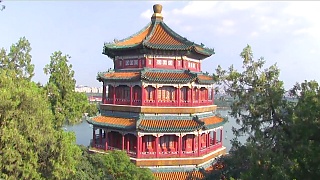Ancient roots, modern outlook; a wide variety of natural landscapes; diverse cultures; so much to see and do; welcome to China ...
[640],shadow=true,start=,stop=Related Videos
Featured Videos

|
With ...
|

|
With Double Down News ...
With Danny HaiPhong and Brian Berletic ...
|

|

|
China's transformation and an interview with Professor Bill Brown, who came to China 30 years ago and made it his family home ...
|

|
With DianXi XiaoGe ...
|

|
With Raz / YChina ...
|

|
|

|
Wonderful sweeping scenes ...
|
 Discover amazing, beautiful China 中国
Discover amazing, beautiful China 中国























